The US has some of the most scenic and ecologically-diverse natural settings on the planet — and none are more impressive than its high mountains.
Whether you hike or just pile into the car and take in the spectacular nature of the area, anyone and everyone will be able to appreciate these awe-inspiring landmarks!
In this article, we’re going to look at the tallest mountain in the United States and take you through 20 of the highest mountains in the country — from the frozen behemoths of Alaska to the craggy peaks of the Rockies and the Sierra Nevada. Let’s head to the top.
And while you're exploring these heights, having an iRoamly USA travel eSIM makes it easy to share those epic views instantly with friends and family.
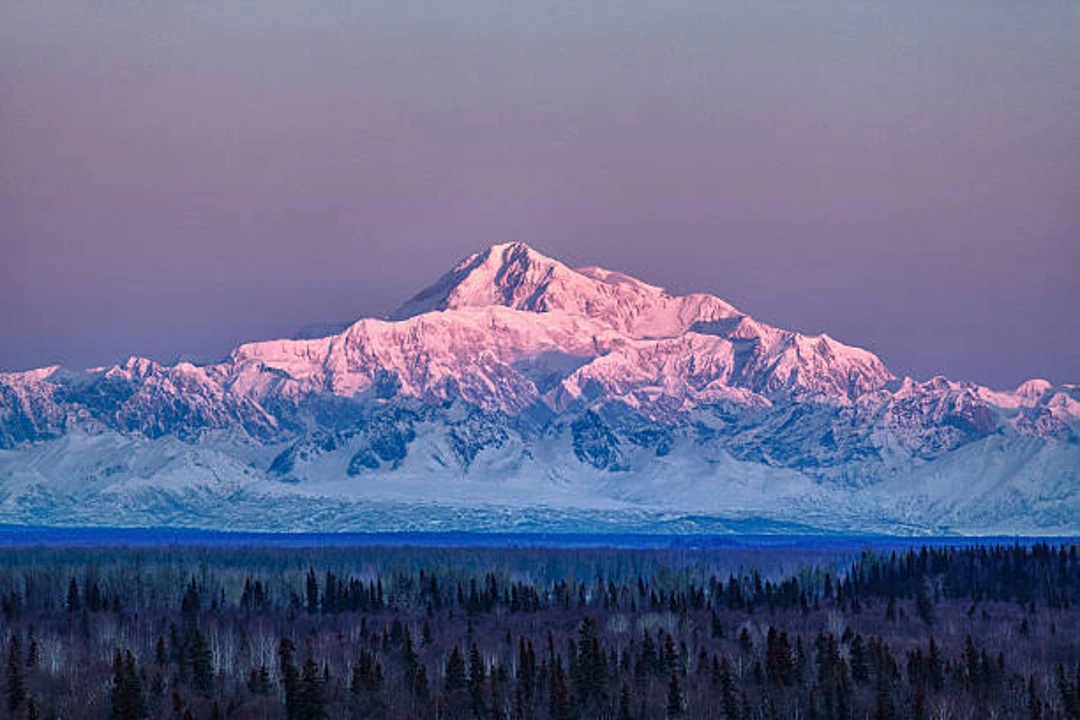
What Is the Tallest Mountain in the United States?
Located in Denali National Park, Denali is the highest peak in the United States. Rising an impressive 20,310 feet (6,190 meters), Denali isn’t only the tallest point in the United States, but it’s also the highest peak in North America.
Found in the interior of Denali National Park in the United States’ largest state, Alaska, this breathtaking peak towers so high above the nearby plains that it’s considered one of the most iconic and visually stunning mountains in the world.
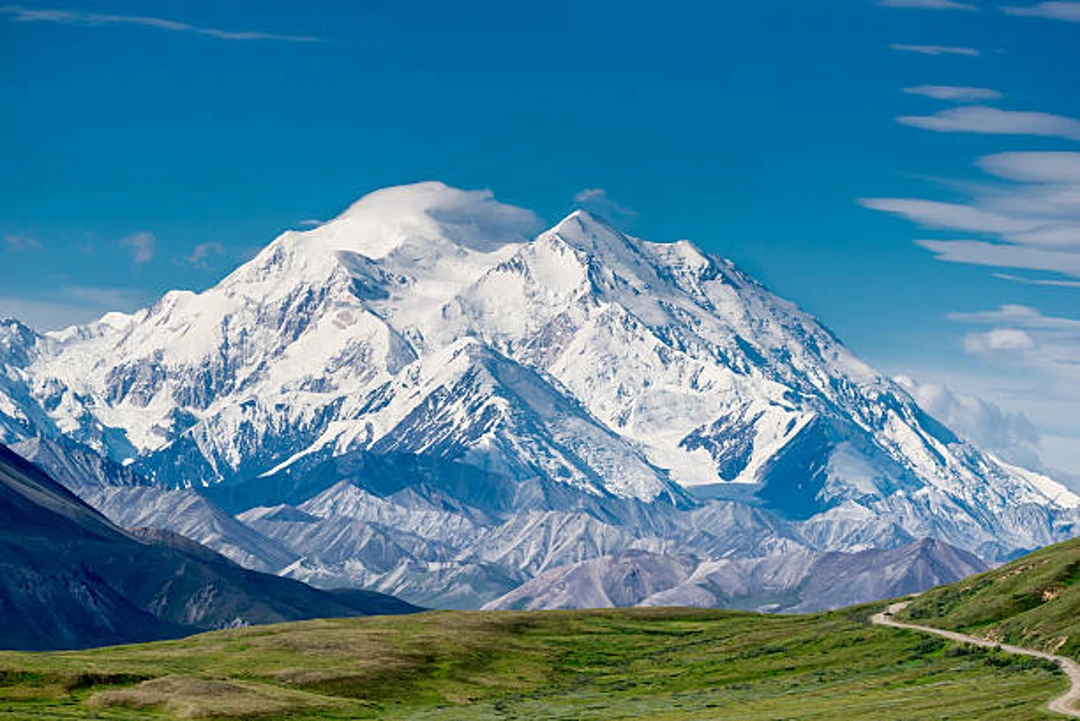
After being called Mount McKinley for over 100 years this mountain was formally recognized as Denali once more in 2015.
Meaning “The High One” in the Koyukon Athabaskan language, Denali is a place of great cultural importance for the Alaska Native peoples and is a sacred mountain to them.
The mountain’s extreme height coupled with its subarctic setting makes it among the coldest and most challenging mountains to climb on Earth – Denali is incredibly difficult to summit, even for experienced climbers.
For visitors, however, Denali is so much more than a measurement.
Nearby Denali National Park and Preserve has over six million acres of wilderness, including glaciers, alpine tundra, boreal woodland, and a variety of wildlife including grizzlies, moose, caribou, and wolves.
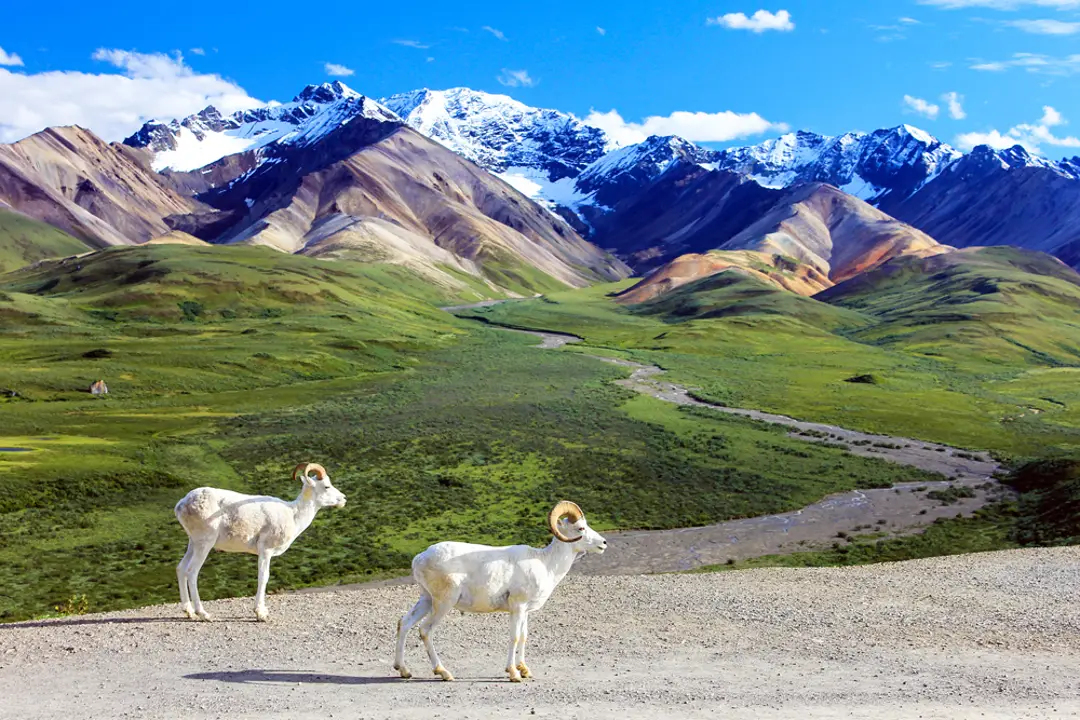
You don’t have to be a climber to appreciate the national park; you can visit on a guided bus tour that ventures deep into the park, hike its numerous picturesque trails, or even fly above the peak on a flightseeing tour.
Whether you’re climbing mountains or just admiring them, Denali is a can’t-miss destination for anyone who wants to visit the natural wilds of the United States.
Top 20 Tallest Mountains in the United States
1. Mount Saint Elias
The 18,009-foot high Mount Saint Elias spans the border of Alaska and the Yukon Territories of Canada as part of the Saint Elias Mountains. This striking peak rises dramatically from sea level, making it quite the sight to behold.
It’s the second highest peak in the United States and Canada overall, and its remoteness lures travelers in search of the path less taken. While getting there is a challenge, the scenery and wilderness are simply stunning.
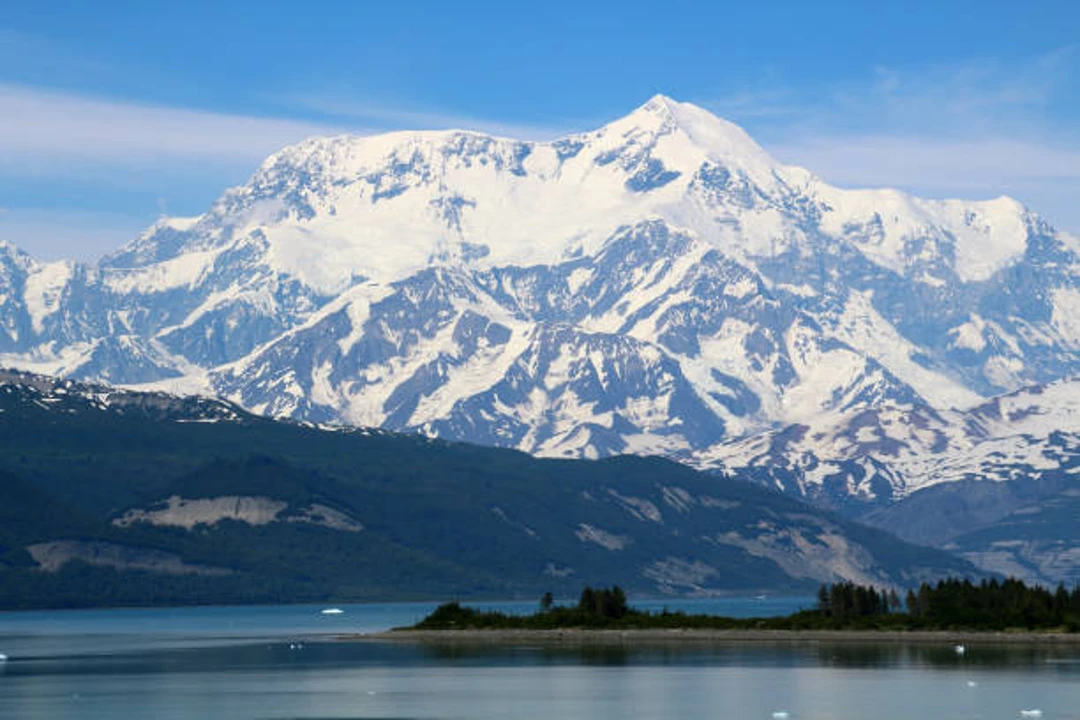
2. Mount Foraker
At 17,400 feet tall, Mount Foraker is an iconic part of the Alaska Range, situated right next to Denali. While it’s not as popular or tall as its sibling, it still has plenty of challenges and views of its own.
The North and South peaks of the mountain entice experienced mountaineers to its slopes. It’s enormous glaciers and remote wilderness draw nature lovers looking to get off the beaten path in Alaska.
3. Mount Bona
At 16,550 feet, Mount Bona is located in the Saint Elias Mountains in Alaska. The dormant volcano is massive, and rises above the surrounding peaks and glaciers.
It seems like an ice trekker’s paradise and offers great photographers a spectacular subject. You won’t find many people in what is one of the more secluded parts of the continent, which is only more reason to visit.
4. Mount Blackburn
Located in the Wrangell Mountains in Alaska, Mount Blackburn is the highest mountain in the range. The 16,390-foot (4,996 meters) peak is covered in glaciers and the icy, volcanic landscape is truly stunning.
It’s a rugged and tough trip to the peak but, as a result, you’ll get an intense and remote Alaskan hiking experience. Definitely not for the faint-hearted!
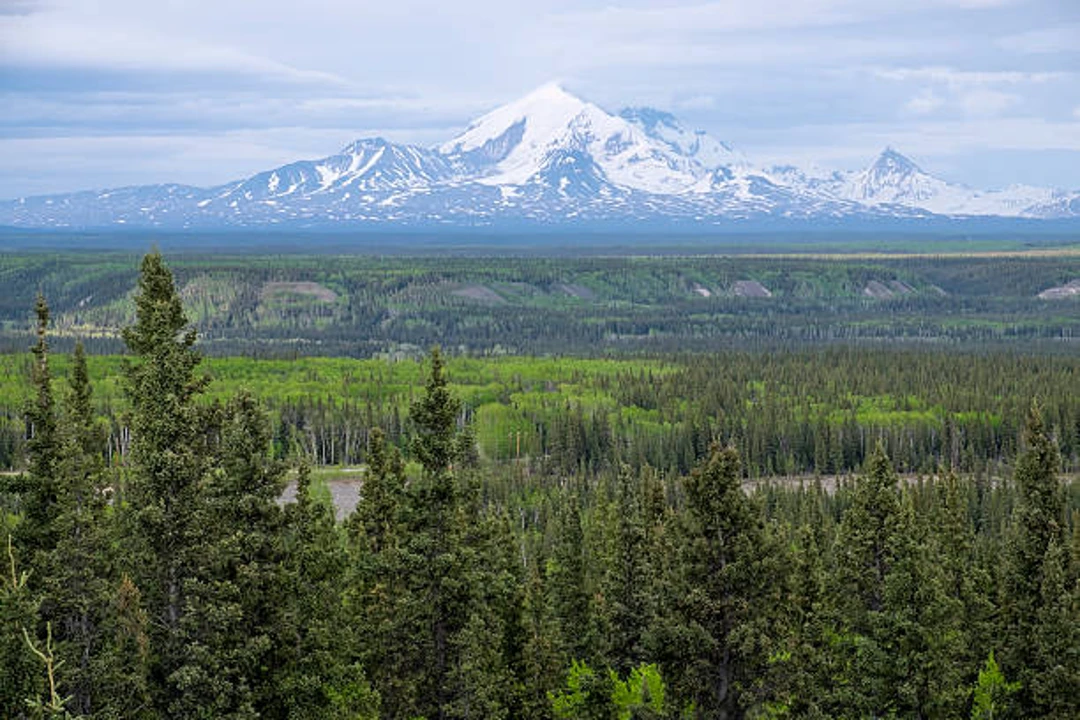
5. Mount Sanford
Standing at 16,237 feet, Mount Sanford in the Wrangell Mountains is a massive dormant volcano but, aside from that, very little is actually known. Or at least little that I could find.
It’s got a relatively featureless summit and is actually covered in snow for most of the year, making it look quite serene actually.
Lots of snow but not a lot of rock — another one to do as a side trip if you’re in the area and want to see some volcanic activity in the middle of nowhere.
6. Mount Fairweather
Unsurprisingly, at 15,325 feet, Mount Fairweather is the highest peak in the Saint Elias Mountains — the ocean plays a role here too since the mountain is located just 12 miles from the Pacific (its name is quite ironic, as the mountain usually doesn’t have “fair weather”).
The summit straddles the border between Alaska and British Columbia and it has a reputation for extremely severe weather conditions.
However, the few people who make it to see the views know that the effort was worth it. It’s another display of nature’s wild side and its unpredictability.
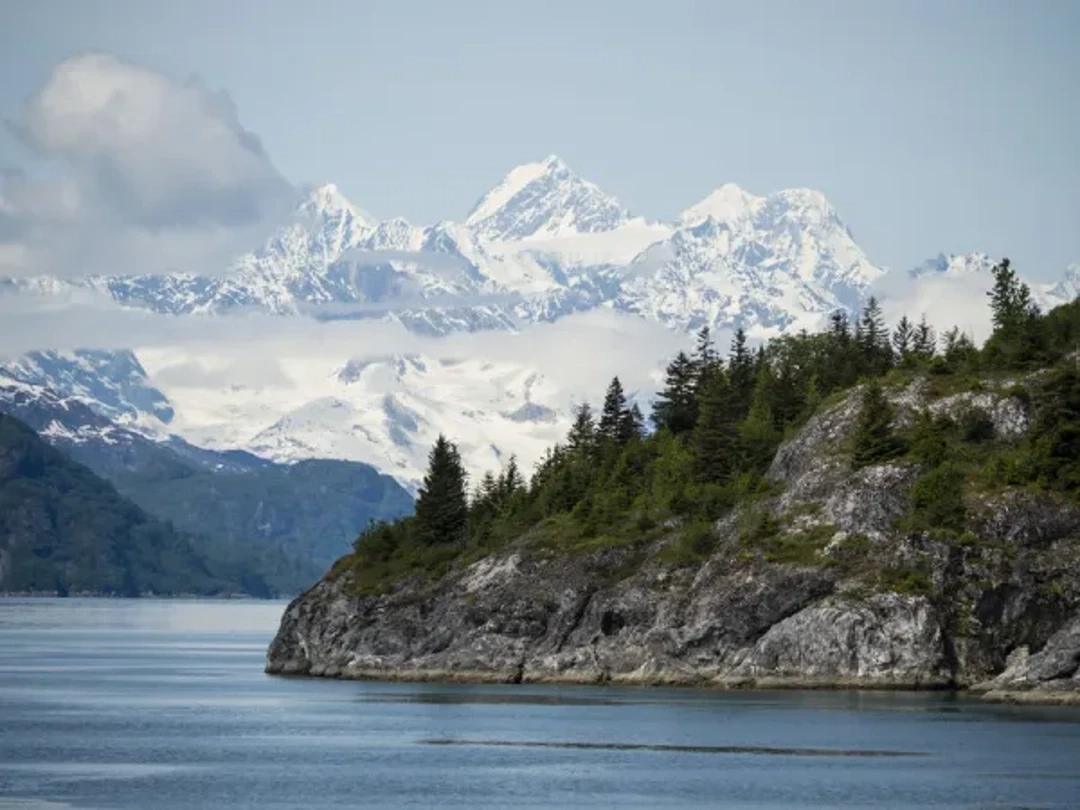
7. Mount Hubbard
Bordering Alaska and the Yukon, in the Saint Elias Mountains, is Mount Hubbard, which has an elevation of 14,951 feet.
A majorly remote and rugged mountain, it’s the stuff of dreams for anyone in search of real wilderness.
Its isolation means it draws adventurers looking to get away from it all be and its isolation—. The challenging terrain of Mount Hubbard requires respect and preparation.
8. Mount Bear
Located in the Saint Elias Mountains, Mount Bear reaches a height of 14,831 feet (4,520 meters). Few people ever visit it, which is exactly why you should! The mountain is easily missed but it has beautiful and peaceful landscapes and enormous glaciers.
Its isolation makes it alluring to climbers and trekkers who want to get away from the world. Its silence and isolation will appeal to those individuals who need some time alone in nature.
9. Mount Hunter
Mount Hunter, which is 14,573 feet tall, is located in Alaska’s Alaska Range, and is favored by experienced mountaineers. It’s recognizable by its three distinct summits, and it attracts and challenges all comers.
The fact that it’s situated next to Denali makes the views even more stunning. It’s a place where you can be both tested and awed.
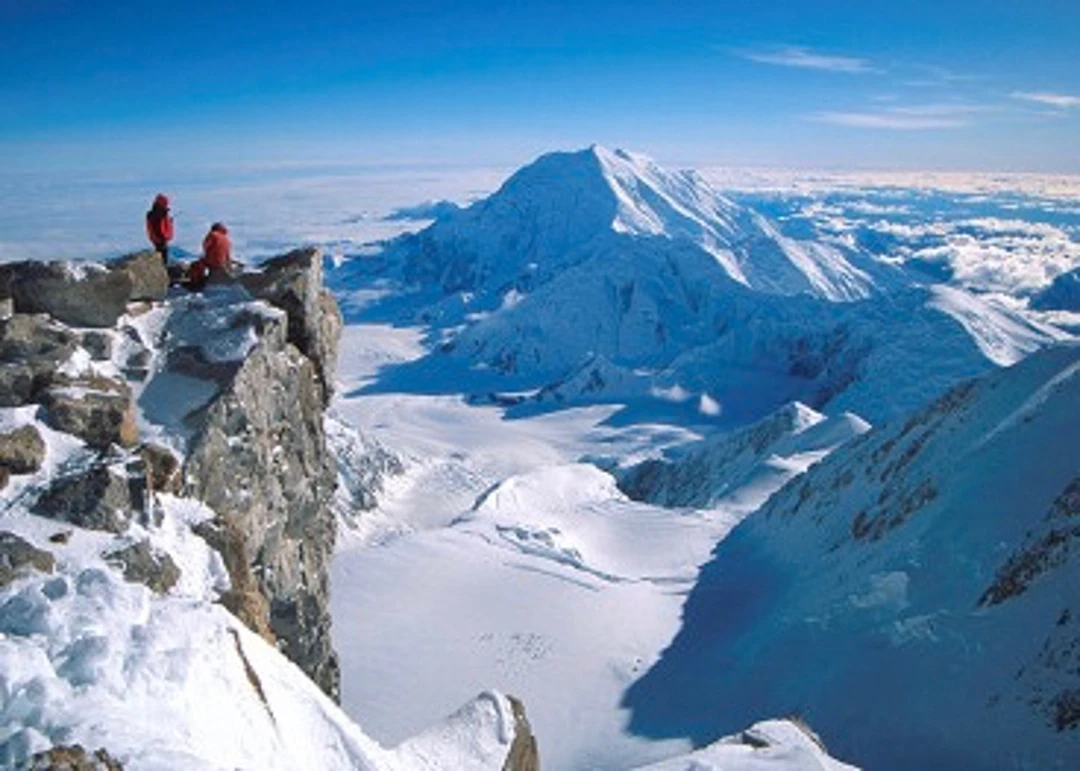
10. Mount Alverstone
Near the border of Alaska and the Yukon Territory, 14,500-foot-high Mount Alverstone stands in the Saint Elias Mountain range.
Its claim to fame is that it straddles the two countries, offering panoramic vistas of two different landscapes. It’s remote and wild, and only the rugged and driven make the journey to it. It’s a physical link between two countries’ wild lands.
11. Mount Wrangell
An active shield volcano, Mount Wrangell stands at 14,163 feet in the Wrangell Mountains.
The mountain has gentle slopes and is a large volcano in Alaska. Every now and then, a puff of volcanic steam punctuates its outline. It’s a stunning juxtaposition to the mountains around here and worth exploring and learning about.
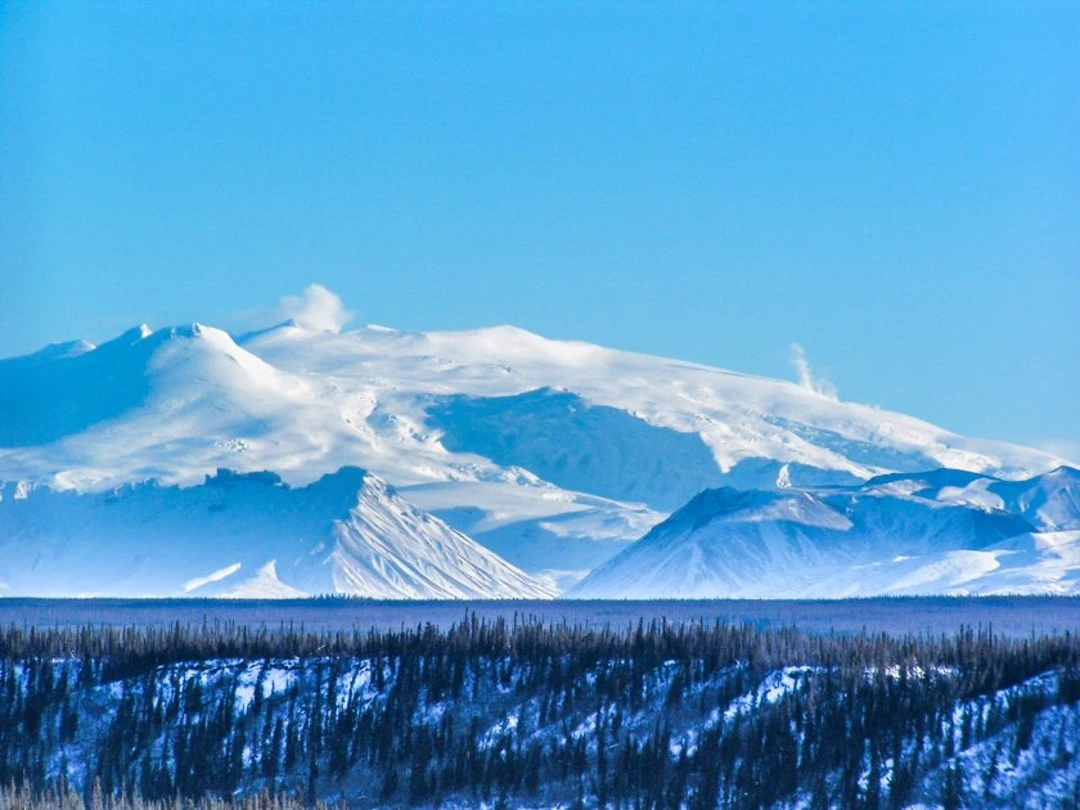
12. Mount Shasta
Mount Shasta is located in the Cascade Range in California. This 14,179-foot volcano is both beautiful and easily accessible, which is why so many hikers/trekkers and spiritual seekers flock here.
It’s a popular area and there are lots of trails but, due to its serene beauty, it’s hard not to find yourself in awe of the mountain. Whether you’re new to hiking/trekking or an experienced pro, the volcanic landscape won’t disappoint.
13. Mount Rainier
Mount Rainier rises 14,411 feet above the Cascade Range in Washington state (and just a 2-hour drive from Seattle). The mountain has the most glaciers on a single peak outside of Alaska, not to mention fabulous wildflower meadows.
Being so close to civilization, the location is quite popular yet doesn’t lose that feeling of getting out into the wild. Whether you just want to go for a drive or climb to the summit, a visit is essential.
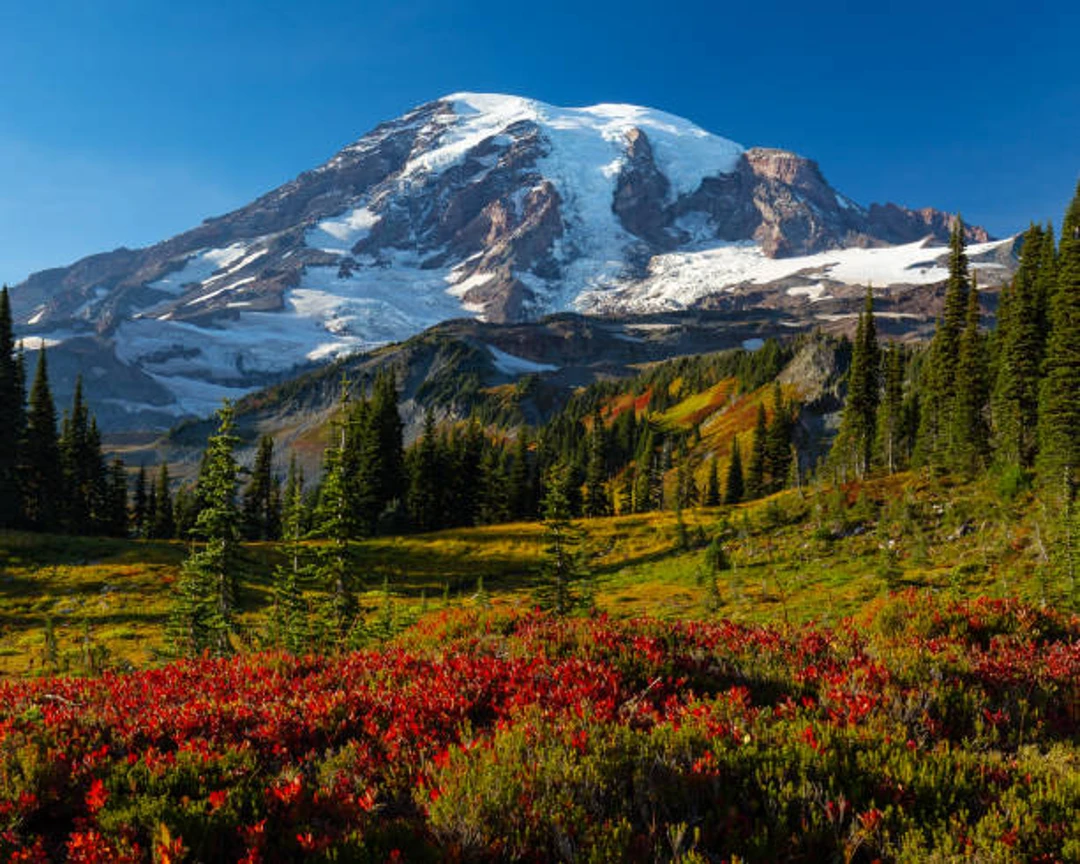
14. Mount Whitney
Mount Whitney — the highest mountain in the lower 48 states — stands at 14,505 feet in California’s Sierra Nevada. The views from the top are incredible and well worth the strenuous hike to the summit.
Hikers flock here to follow a well-defined trail that’s only for those who can handle the elevation changes. Climbing Mount Whitney is a must-do activity for any hiker visiting the U.S.
15. Mount Elbert
At 14,440 feet, Mount Elbert is the highest peak in the Colorado Rockies. It is a gentle giant and one of the easiest high peaks in the Rockies to climb.
The hike is long, though, and covered in thick forests, open meadows, and loose rocks. Reaching the summit is a big accomplishment and there are a few different hiking routes you can take.
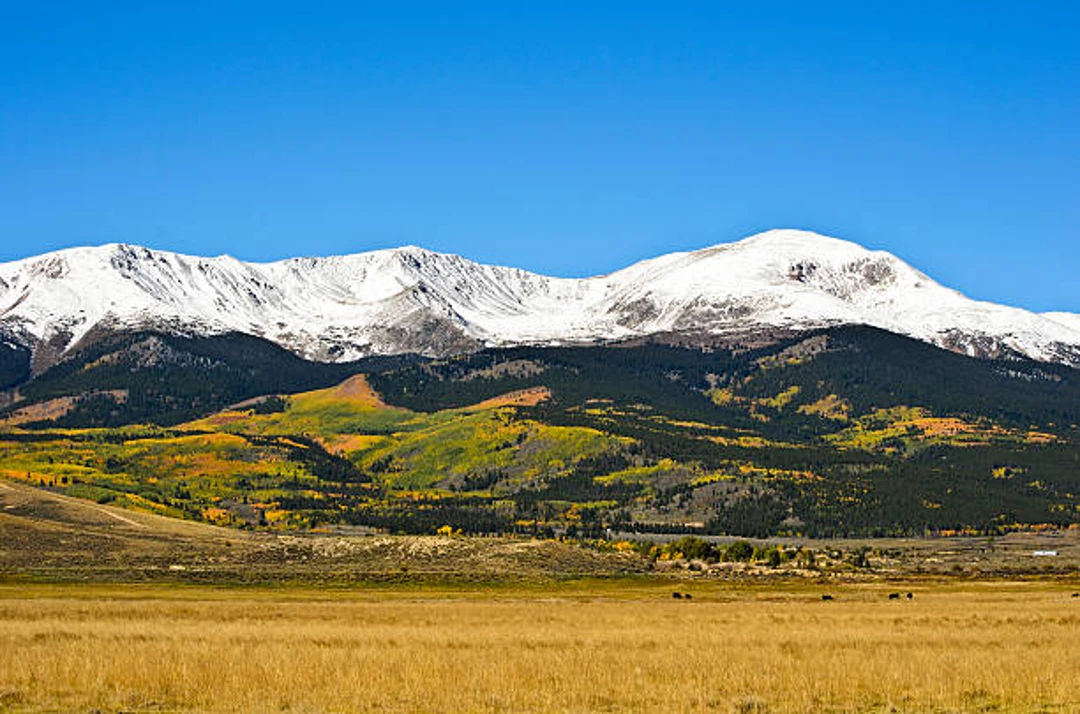
16. Mount Massive
Also in Colorado’s Rockies is aptly named Mount Massive, the second-highest mountain in this range of the Rockies at an elevation of 14,428 feet. This massive mountain is essentially one giant long ridge that feels like it goes on forever.
It’s not too difficult a climb but it takes all day but it’s a fantastic long hike with spectacular views. Hike Mount Massive for an amazing, adventure-filled day.
17. Mount Harvard
Mount Harvard is one of the many 14,000-foot peaks in the Collegiate Peaks of Colorado. Crossing paths with her makes you seem like a Harvard student (her namesake) for a day, and who wouldn’t want that.
How to hike Mount Harvard What I love about Mount Harvard is that there are various routes for all skill levels. So if you’re hoping to hike up and get a little education on hiking safely or take up a new hobby/pastime, hiking Mount Harvard is a great learning experience.
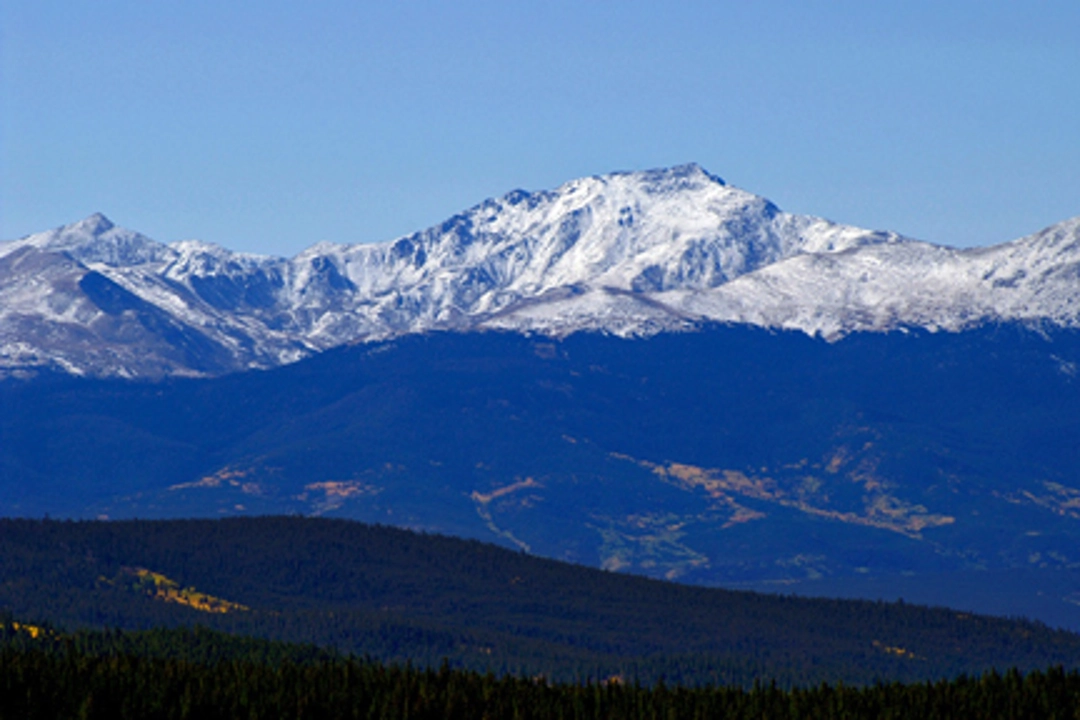
18. Mount Williamson
Rising 14,379 feet high, Mount Williamson is another imposing peak in the Sierra Nevada of California. This mountain, like its neighbors, is notoriously difficult and remote.
It attracts a lot of climbers for this reason, since everyone who climbs it can enjoy some epic views once they reach the summit. It’s the type of place that challenges you, though, and where you can feel your victory once you reach the top.
19. Mount Rainier’s Liberty Cap
Liberty Cap is a prominent sub-peak of Mount Rainier with an elevation at 14,112 feet. This area sees as fewer climbers but is worth a look.
Climbing it will give you new views and help you get away from the hordes. Liberty Cap may be hidden but it’ really an incredible gem in a crowded park.
20. Mount Nebo
Located at an elevation of 11,928 feet, Mount Nebo is in the Wasatch Range of Utah. It’s actually not the tallest mountain around but it’s really all about the mountains flora and fauna and its history.
The paths are rich and you’ll often find the mountain to yourself. For history and nature all in one, consider hiking Mount Nebo.
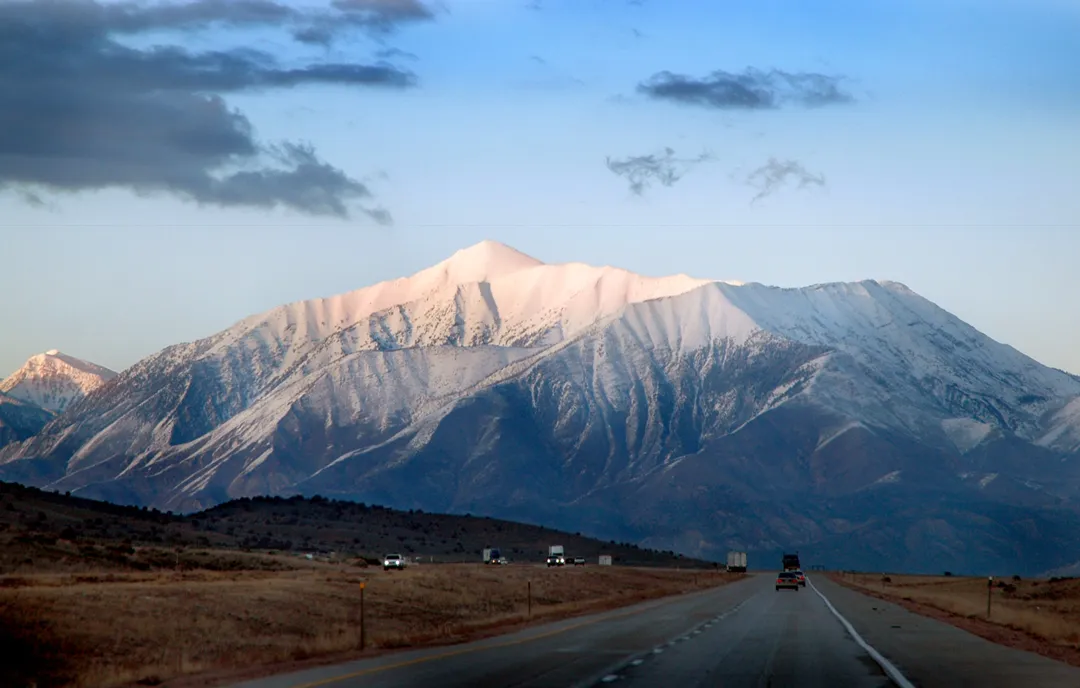
Why Alaska Dominates the List
If you glanced at the list of the highest peaks in the United States and saw a recurring name time and again — Alaska — you weren’t mistaken. In fact, Alaska is home to 13 of the top 14 highest peaks in the U.S., and it’s no wonder why.
Alaska is located at the northernmost point of the Pacific Ring of Fire, an area where tectonic plates grind and crash.
This geological activity is responsible for creating the giant mountain ranges, such as the Alaska Range, Saint Elias Mountains, and Wrangell Mountains.
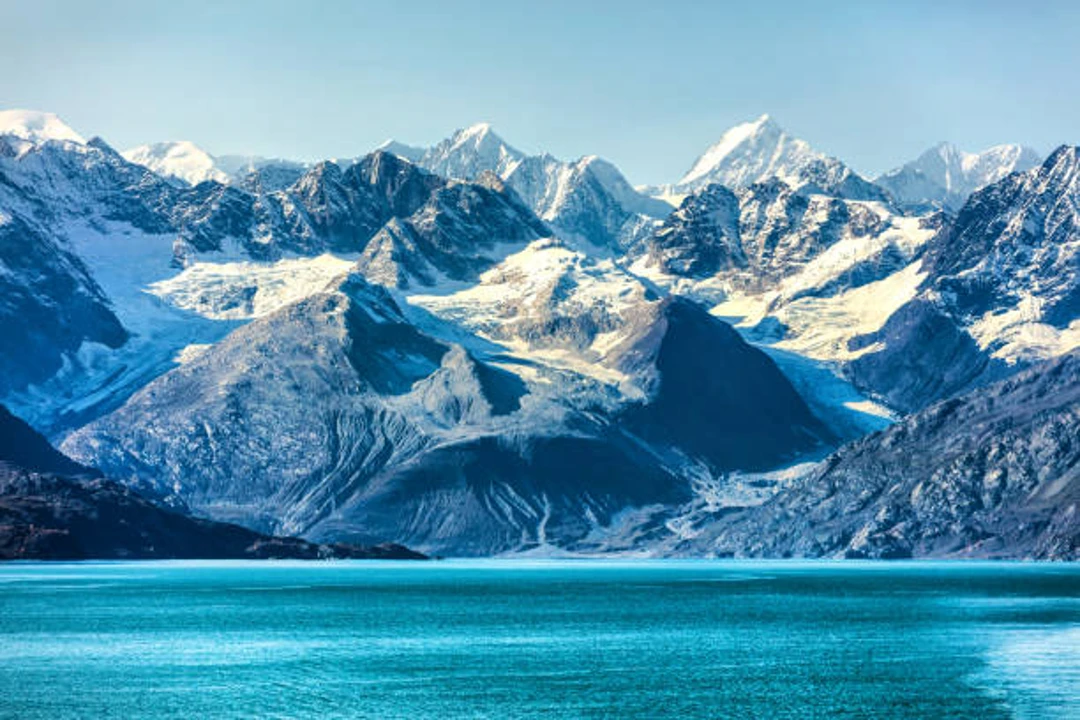
And these forces created such towering peaks as Denali, Mount Saint Elias, and Mount Foraker – hulking behemoths of rock and ice that put their Lower 48 siblings to shame. But it isn’t just the height here.
The mountains in Alaska feel wilder, more rugged, and more dangerous.
Many are within larger protected areas such as Denali National Park and Wrangell-St. Elias National Park, the largest national park in the United States.
Frequently, these places are not accessible by highways or ski resorts but instead are by wildlife and tundra and glaciers, making them even more mysterious and challenging.
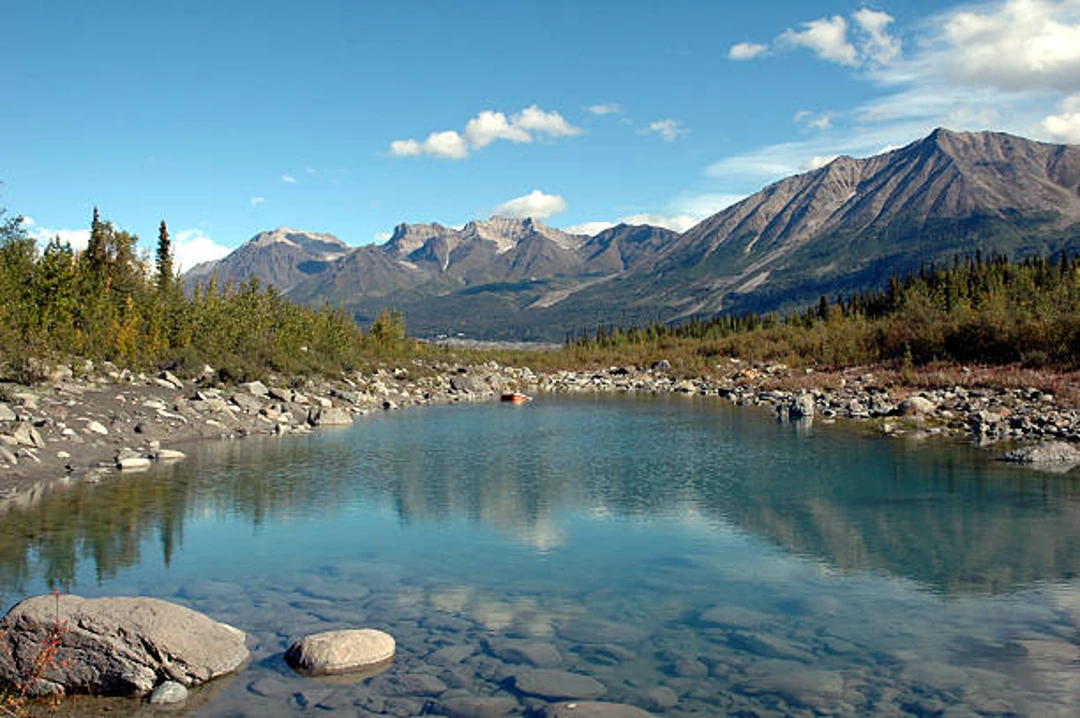
In short, with Alaska’s spectacular geography, powerful tectonic history, and vast unspoiled wilderness, there’s no doubt that it’s the king of high-altitude adventure in America.
Tips for Travelers
Safety Tips and Altitude Sickness Awareness
Safety is the highest. When you head into the mountains, be sure to take proper precautions for the altitude — don’t take it for granted. Ascend slowly and allow your body to acclimate and stay hydrated.
If you start to feel light-headed or become nauseous, it’s time to head down. Always inform someone of your plans, and bring a map and compass with you — there’s often no phone signal!
Packing Essentials and Permits
Being prepared will help to make your trip more enjoyable. Don’t forget your hiking boots, dress in layers, and bring a first-aid kit.
Be aware that permits may be required in certain areas, such as many national parks, so be sure to check requirements in advance. Hiking poles can be incredibly helpful and always have a camera on hand to capture the views!
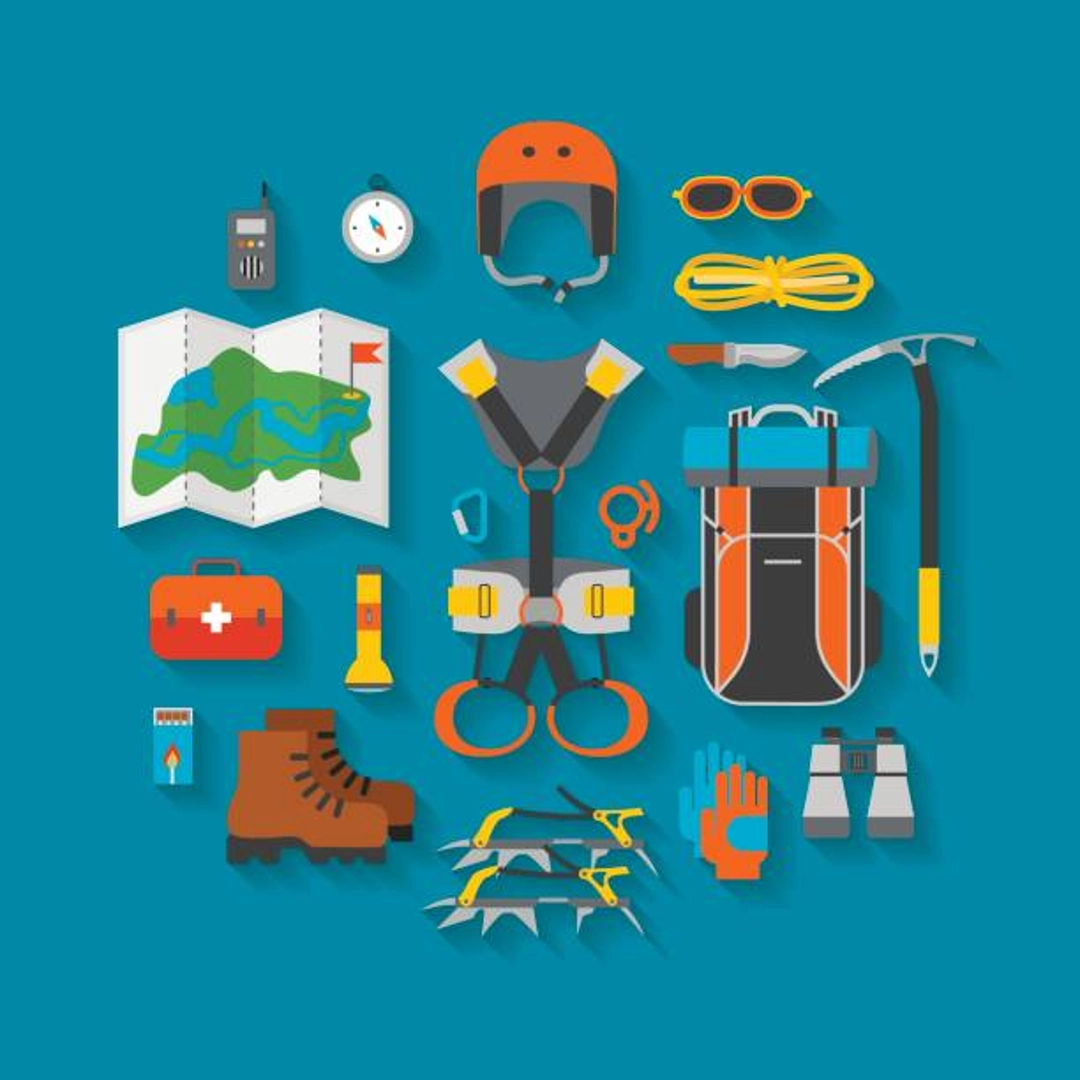
Responsible Tourism and Leave No Trace Principles
Treat the natural spaces you explore with respect. Stay on the trails to protect the flora and fauna. Pack out everything you brought in, and leave no garbage behind.
If you enjoy the peace and quiet that only the outdoors can provide, do your best to maintain that quiet, and don’t disrupt the peacefulness of the setting. After all, every little bit does help when it comes to preserving these incredible and amazing places for generations to come.
FAQ
1. How can I get to Denali National Park?
Most travelers access Denali National Park by flying into Anchorage or Fairbanks, Alaska, and then driving, shuttling, or training. All three offer picturesque along the ride.
2. Is Denali climbable for non-experts?
Hiking Denali requires a high degree of ability and experience, List of national parks in the united states as the weather can be extremely severe, and climbing is technically demanding. If you’re not an expert, you may want to consider a guided trek or even just sticking to the perspective from below.
3. Are there any guided tours available in Denali?
Yes, there are lots of guided tours, including bus, helicopter, and hiking tours. They’re a good way to see more of the park and ensure you have a fun and safe visit.
Conclusion
From the icy peak of Denali to the sun-drenched slopes of Mount Whitney, the highest mountains on the continent do not just have commendable elevation; they are home to some amazing adventures, landscapes, and good old-fashioned nature.
Whether you want to climb them, hike through them, or just stand and look at them from a distance, these are the American mountains that best embody the unbridled essence of freedom this country prides itself on.
So, pack that sense of wonder — the hills are waiting.
